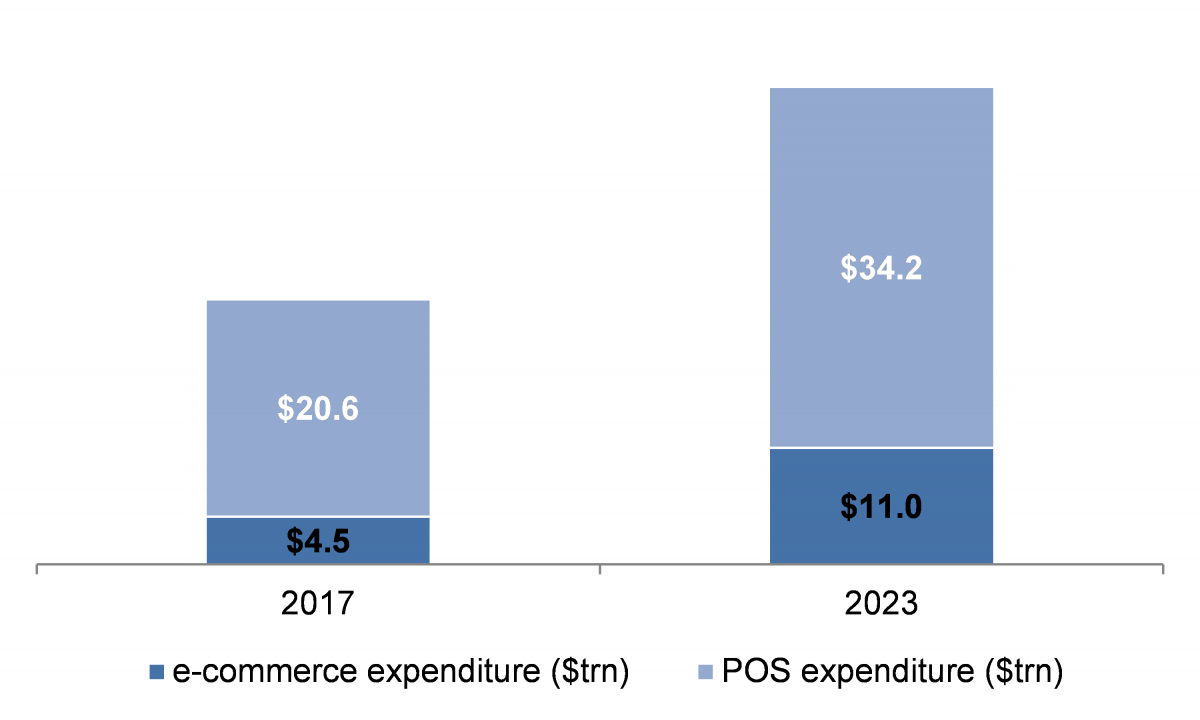PayPal Ads Launches Transaction Graph Insights And...
- 06.01.2026 02:55 pm
Fiserv and Mastercard Partner to Advance Trusted...
- 23.12.2025 07:05 am
iDenfy Targets Its E-Commerce Partners with a New...
- 22.12.2025 04:00 pm
UK Consumers Put Security First in Online Shopping,...
- 17.12.2025 10:55 am
Exactly.com Discusses eCommerce Predictions for 2026:...
- 15.12.2025 10:55 am
SMEs Count The Cost Of Brits’ ‘Fear Of Messing Up’ (...
- 10.12.2025 08:55 am
In the Week After Black Friday, Experts Warn Rising...
- 03.12.2025 08:20 am
PayPal and Perplexity Launch Instant Buy Ahead of...
- 26.11.2025 03:05 pm
Pingo Doce Launches Online Store With Checkout.com to...
- 21.11.2025 01:05 pm
Experiences Set for Black Friday Breakout in 2025,...
- 20.11.2025 08:15 am
PayPoint Expands Into E-Commerce Through Handepay...
- 18.11.2025 09:00 am
Chargebacks911 Says Singles’ Day Profits Are at Risk...
- 10.11.2025 02:45 pm























